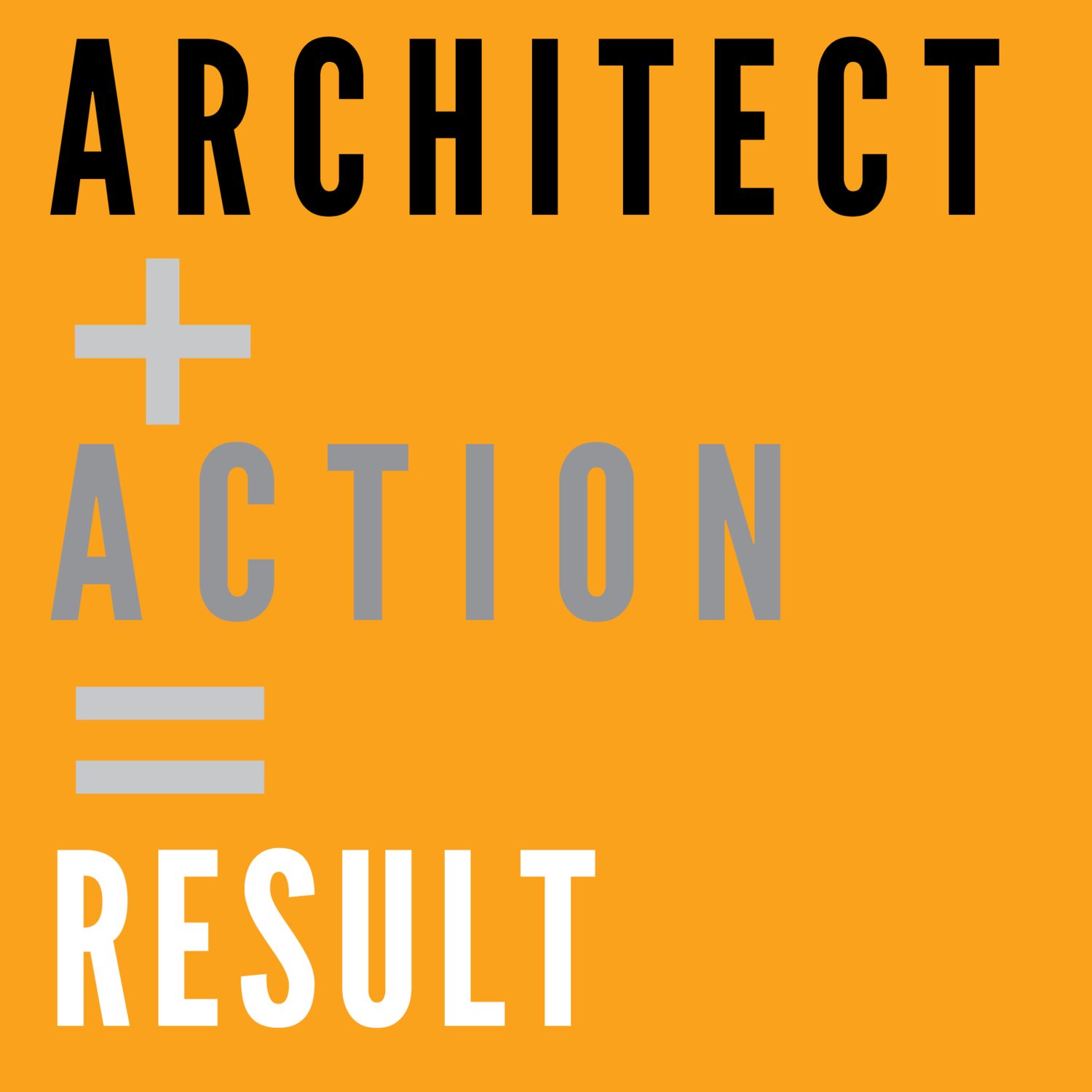Reduce, Simplify, Clarify
Editing for Architecture & Design
Editing architecture and design writing bears an uncanny resemblance to the master chef who is asked to create a gourmet feast using ground beef. Precisely because they are skilled in drawing, design, and other disciplines, most architects are not skilled at written expression. Most abhor it. Many delegate it to communications professionals. Those who attempt it are predictably wordy, esoteric and abstract. All this usually results in a mess of written words in dire need of a good editor.
For any design type or professional editor diving in to rework a design treatise, business development proposal or even a simple project description, here are a few tips to jumpstart your effort. Odds are you’ll use them all.
Read it aloud. Get a feel for the rhythm and look to truncate a few run on sentences into the occasional short declarative sentence. Readers need a break and quickly tire of attempting to follow subordinate and dependent causes to some logical conclusion. Get an old Dick and Jane book and try writing like that. Hemingway was onto something. Chopping a few paragraph-long sentences into two or three shorter ones makes any page more approachable. It just works. See?
Get out your pruners and loppers and do some trimming. Look for, and immediately excise, all the extra, redundant and meaningless words. Here are some favorites that are almost always ripe for the chopping block.
That
Adverbs (anything ending in ly)
project (what else are we talking about?)
passive voice. Use active voice. “Bourne dove through the window.” , not “The window was used as an escape route by Bourne.“
Take a refresher course on punctuation and use it as the road signs in your writing. Feel the difference between a pause, a stop, a dash and a question mark. Obey these marks as you do road signs.
Extinguish jargon. Is it “materiality”, “materials” or simply what it’s made of. Writing is not a contest to confuse readers with technical argot and arcane lingo. Speak and write as if you are actually trying to help readers understand, not show them how smart you are.
Implement a syllable diet. Search for four and five syllable words and challenge yourself to validate their need. Can it be said better using a shorter word? If yes, do it.
Use strong nouns and verbs. Look for phrases like “the door closed loudly”. Substitute “”the door slammed!” or some other strong, clear, specific term.
Don’t go we, we. Too much design writing reveals its self-focus. In attempts at self-promotion and ego-polishing, firms talk about themselves way too much. “We” are the best at involving principals in early design phases. “We” are focused on diversity and inclusion. “Blah, blah, blah who cares,” says the reader. This firm seems only to care about themselves not us. To invert the focus, try using “you” instead of “we.” This one-word substitution will work magic. Soon, it will shift the intention and the writer’s mind set from the designer to the client and customer. Don’t go “we, we,” say “you, you”.
Tell a story. Buried deep in even the worst architectural writing is usually a great story. You just have to find it. What was the need or problem? What were the challenges or crises along the way? How were they solved? By whom? Illuminate the personal, emotional aspects of the process and back it up measurable results. Find the “so what” and why anyone would dare about what’s been written. Like a savvy squirrel, a good editor knows how to find the nuts hidden down in the barrels of words, and arrange them in compelling narratives. The best architecture books employ stories, themes or a core concept at their heart.
Good editing is often just listening with a rapt ear and seeing with fresh eyes. Beyond suggesting substitute terms and cleaning up cadence, it’s also largely removal. Write, then edit. Rinse and repeat. Each iteration should help any editor transform writing from a burdensome slog to a clean, clear communication - a ride both writer and reader want to take.
Whether you are editing for Architectural Digest, a modern architecture tome or a commonplace business development proposal, look to reduce, simplify and clarify, and do it with your reader in mind.
Find more tips on writing at architectactionresult.com.
Michael LeFevre, FAIA Emeritus
Managing Editor, DI Media Group Publications | Principal, DesignIntelligence Strategic Advisory
